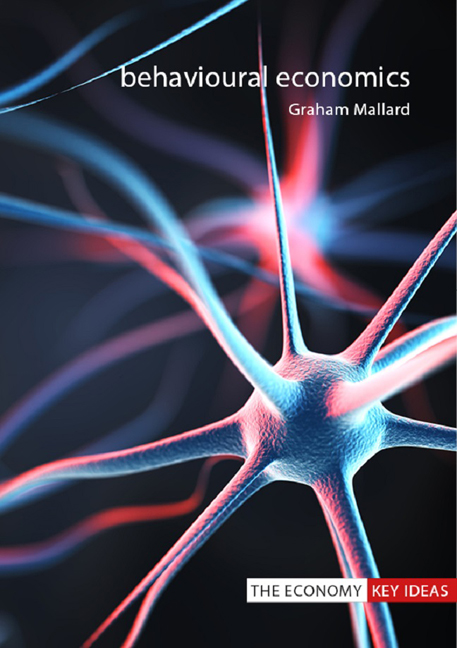4 - Processes
Published online by Cambridge University Press: 09 August 2023
Summary
Popular books on behavioural economics, many of which enliven a growing proportion of the economics shelf space in any good bookshop, tend to focus on the findings about our preferences explored in the previous chapter. However, behavioural economics is much broader than just this: it is also concerned with uncovering the actual processes we execute when making our decisions. This work does not contradict that of mainstream economists, who have largely been unconcerned with the means by which we make decisions, being solely concerned with the ends and their effects. In this sense, behavioural economics is a welcome extension of the economics discipline: welcome because an understanding of the processes involved in our decision-making is essential if the decisions we make across the differing settings in which we find ourselves are to be in any way predictable. The ends cannot be understood in isolation from the means.
Bounded rationality and satisficing
Since the beginning of the twentieth century, mainstream economists have at least implicitly assumed that we make our decisions optimally (see Chapters 1 and 2). The polymath psychologist, computer scientist and Noble Prize winning economist Herbert Simon saw things very differently, arguably being the first to focus on the actual procedures involved in our decision-making. He suggested we are characterized by bounded rationality: that in all but the very basic and most straightforward of settings we are simply unable to make optimal decisions.
Consider the relatively unimpressive decision involved in purchasing a bottle of whisky as a gift, for example. Depending on our budget and the degree of refinement of the recipient’s taste, we can with relative ease narrow down our choice to that between single malts or between blends; but then we have to consider the desired intensities of peat and smoke that can be tasted, the age of the spirit, whether we opt for normal or cask strength, the prestige of the distillery, the appearance of the bottle and the price. To make this decision optimally requires us to look at every bottle available to us – which could be in a whole array of different shops in our local town as well as on an increasing number of websites online – comparing them all according to each of these characteristics.
- Type
- Chapter
- Information
- Behavioural Economics , pp. 39 - 58Publisher: Agenda PublishingPrint publication year: 2017

